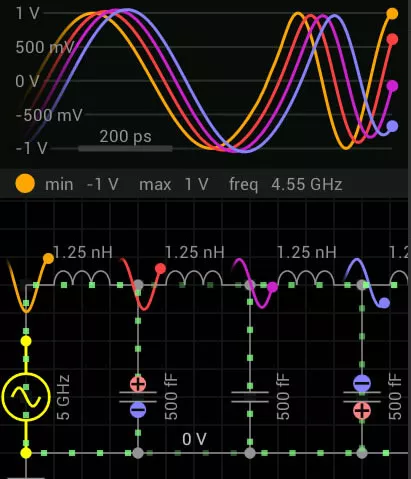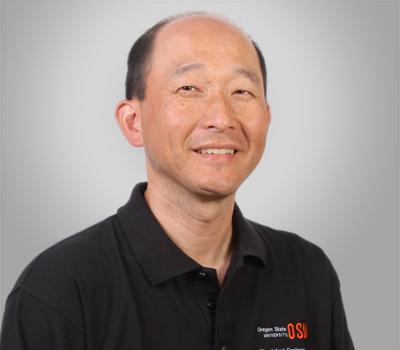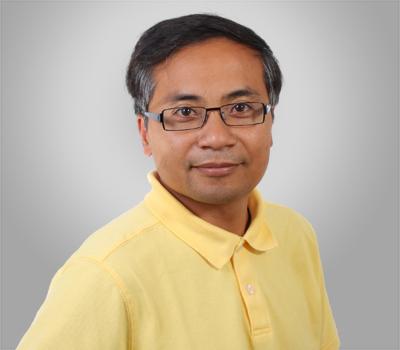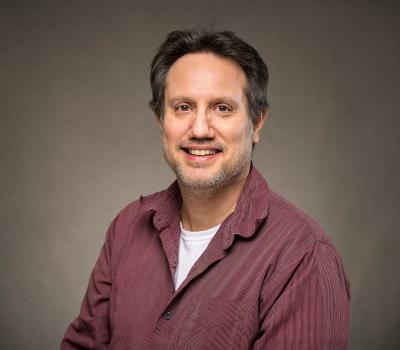Advances in technology are improving capabilities of analyzing diverse information sources such as audio (speech, acoustics, music), image (video, multimedia, medical scans), medical signals (heart rate, blood pressure, brain activity) and remote sensing data (geophysical, radar, sonar). Examples of systems that manipulate signals are speech recognition, video streaming, cellular networks and medical scans such as MRI. The disciplines of signal and image processing are concerned with the analysis and synthesis of signals and their interaction with systems.
In communications, the objective is to transfer information (signals) from one or many sources to one or many destinations, which requires the design of transmission schemes (e.g., modulation and coding), receivers, and filters. The Signal Systems and Communications area covers the fundamentals of analog and digital signals and systems, the mathematical tools for the analysis of deterministic and random signals, and applications to digital signal processing, digital image processing, and digital/analog communications. Oregon State faculty in signals and communications specialize in areas such as wired and wireless communications, ecological and medical research, cellular communication, data and information sharing.
Employment opportunities range across a large variety of areas such as the cellphone industry, fiber optic communications, ADSL and broadband cable communications, sound and audio engineering, speech recognition, medical imaging systems (X-Rays, CT, MRI, PET), DSP hardware and software design, printing industry, digital displays (CRT, LCD, plasma), digital cameras and camcorders, image compression standards (JPEG, MPEG).

Potential Job Opportunities
Signal processing engineer: development of software and hardware for signal processing in areas such as audio, image, medical, and remote sensing for companies like Texas Instruments, HP, Intel, Google, Samsung, LT, MATLAB
Communication engineer: design, develop and maintain communications systems for companies like Broadcom and Cisco, or national labs like Lawrence Livermore National Laboratory, MIT Lincoln Labs, or MITRE.
Courses
Core
- ECE 461 & 462 (Communications)
- ECE 464 (Digital Signal Processing)
- ECE 468 (Digital Image Processing)
Electives
- ECE 463 (Wireless Communication Network)
- CS 325 (Algorithm Analysis)
- CS 331 (Introduction to Artificial Intelligence)
- CS 434 (Machine Learning and Data Mining)
- CS 450 (Introduction to Computer Graphics)
- ECE 390 (Electric & Magnetic Fields)
- ECE 413 (Sensors)
- ECE 422 & 423 (CMOS Integrated Circuits)
- ECE 473 (Microprocessor System Design)
- ECE 482 (Optical Electronic Systems)
- ECE 451/ME 430 (Systems Dynamics and Control)
- ECE 474 (VLSI System Design)
- ECE 483 (Guided Wave Optics)
Faculty

Jinsub Kim
Associate ProfessorElectrical Engineering and Computer Science Energy Systems | Communications and Signal Processing

Huaping Liu
ProfessorElectrical Engineering and Computer Science Integrated Electronics | Communications and Signal Processing


Thinh Nguyen
ProfessorElectrical Engineering and Computer Science Communications and Signal Processing | Networking and Computer Systems

Raviv Raich
ProfessorElectrical Engineering and Computer Science Data Science and Engineering | Artificial Intelligence and Robotics | Communications and Signal Processing | Health Engineering
